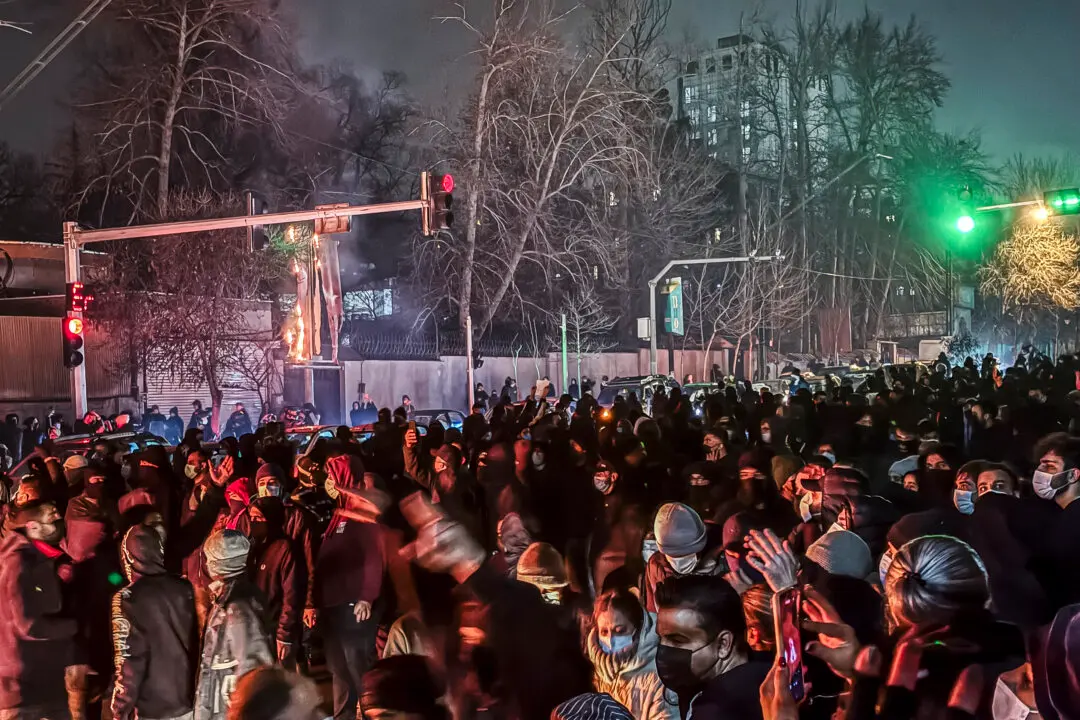Michael Hartnett, a strategist at the Bank of America, is warning investors that the current market rally may not last long and could be followed by a large decline.
The S&P 500 has risen by over 15 percent year-to-date as of June 16. Recently, the index rose 20 percent above its low hit on Oct. 12, 2022. Technically, when a stock rises 20 percent or more from its lows, it is seen as a sign of a bull market. However, Hartnett is not convinced that this is the beginning of a “brand, new shiny bull market,” he wrote in a note on Friday, according to Bloomberg. The analyst said that the current market looks similar to what happened back in 2000 or 2008 when a “big rally” was followed by a “big collapse.”





